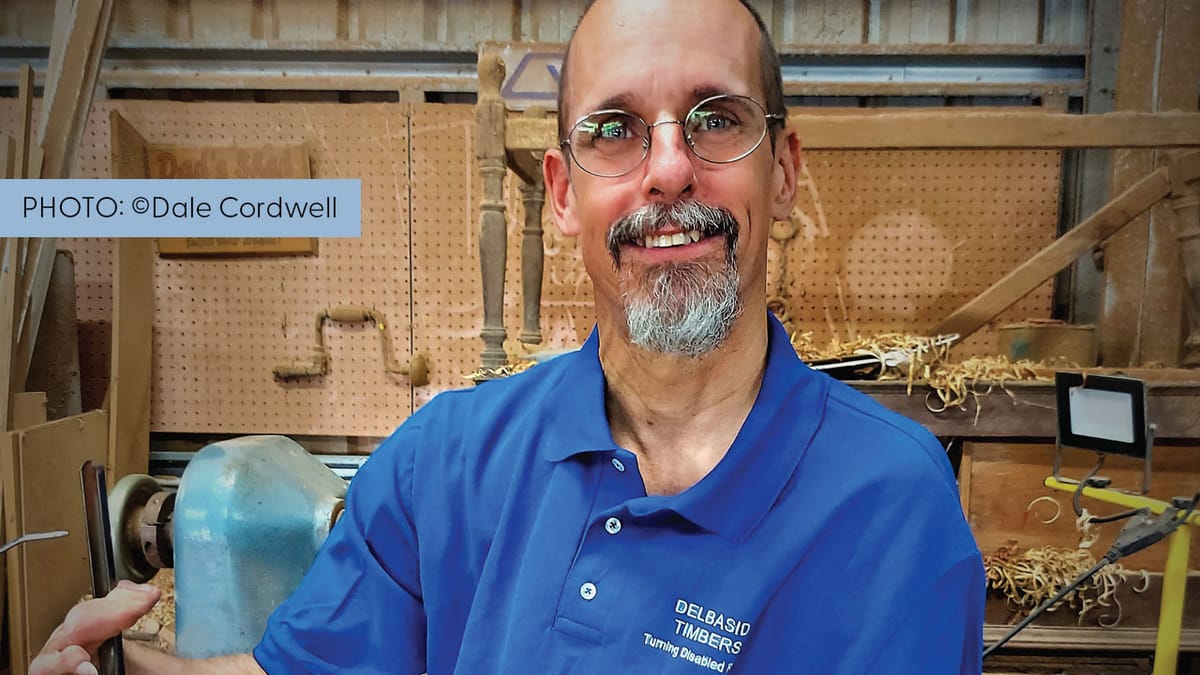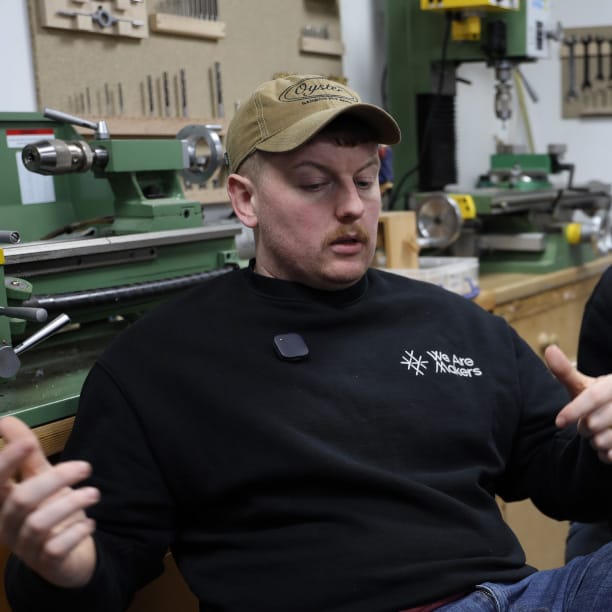Delbasid Timbers
Dale Cordwell, a woodturner from Townsville, Queensland, draws inspiration from a family legacy in woodcraft. Using salvaged urban timber and burls, he creates timeless designs, embracing the story within each piece.

Edition Four Feature
We Interviewed: Dale Cordwell
Location: Townsville, Queensland, Australia
What is it that you do and how do you do it?
I’m a woodturner, and I’ve been a woodworker and woodturner ever since I was a kid. My dad was a master woodturner in Tasmania, Australia, in the very early days of professional woodturning in the 1970s, so I’ve been around the craft since I was a little tacker. I remember being on a lathe when I was about four. Dad was a farmer and also a logger, so we had access to the most amazing timbers that came through his sawmill and shed. I grew up in Tasmania’s Huon Valley, home of one of the most incredible and rare timbers on the planet, Huon pine.
Generally, I use urban felled timber. If people are bringing down great big trees in their backyard, I can salvage a lot of that. I have a number of mates here in Townsville, Queensland, who also have timber or woodworking businesses, and we give each other the heads-up if we know that trees are being brought down. I also know people in Queensland Parks and Wildlife Service, who may have timber if a cyclone has come through the area. For most people in North Queensland, cyclones are the enemy, but a cyclone is my friend, because trees come down everywhere and there’s just a plethora of timber.
I also use Mallee burls, or any other kind of burl, which is the most sustainable form of timber harvesting. A burl is basically a great big lump of malformed cells and all you’re doing is taking that off the side of the tree. As long as you don’t go back into the heartwood of the timber, the tree will keep on producing – you don’t actually have to kill the tree. I’ll mount the burl on the lathe and carve a bowl from it, and the outside shape of that bowl is exactly what was cut off the side of the tree.
Your designs look quite simple but really emphasise the grain of the wood. Is it quite a process, picking which piece of timber to use?





